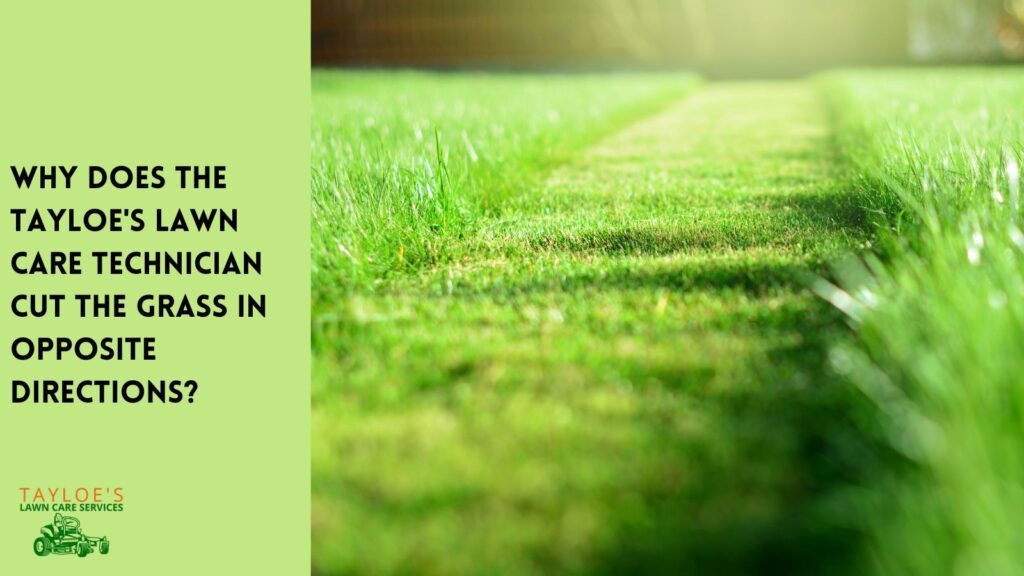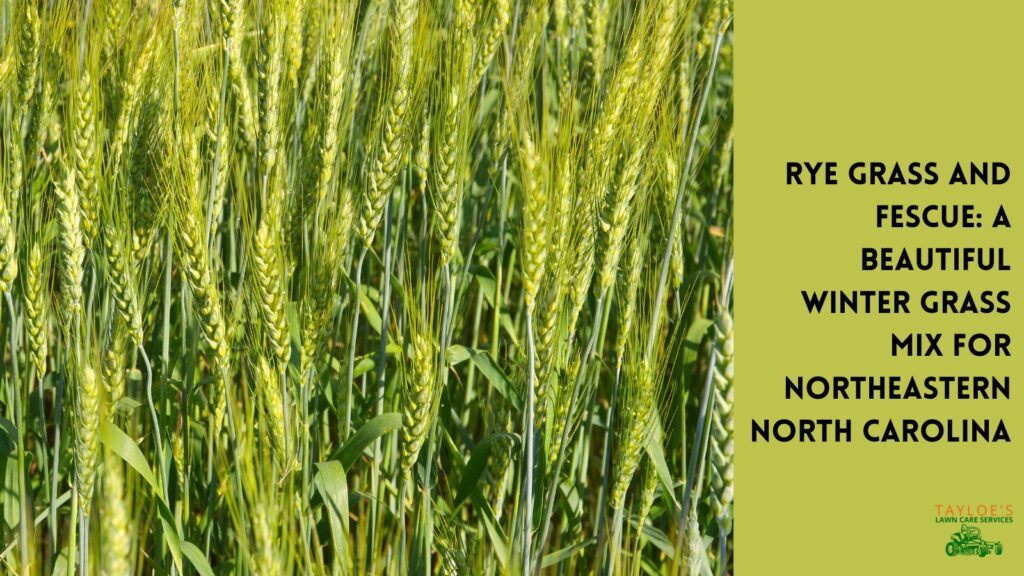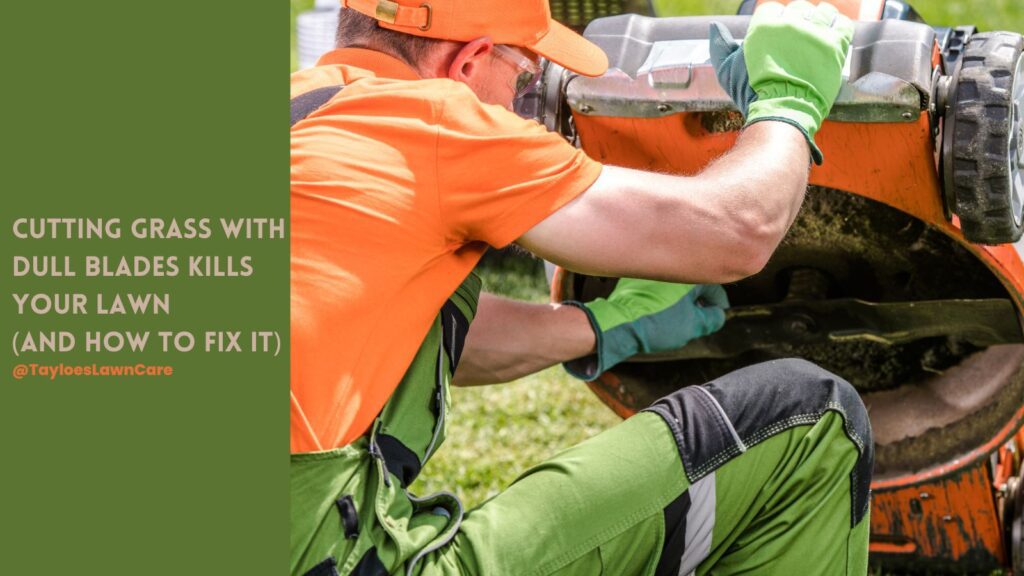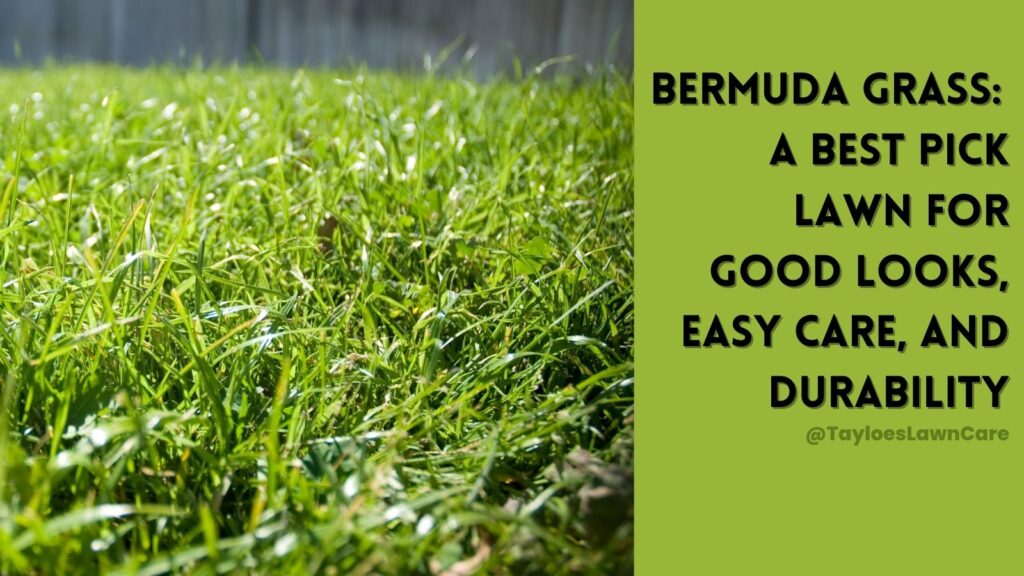Last Updated on: 2nd October 2024, 06:17 am
Here’s when to start grass seeds in North Carolina USDA zones 7 or 8.
At Tayloe’s Lawn Care Services, we pride ourselves on providing reliable information to our clients, ensuring they achieve the healthiest and greenest lawns possible. A frequently asked question of our team is: When is the optimal time to seed a lawn in North Carolina? Specifically, we direct this information to our clients, who are located within USDA zones 7 and 8.
However, these can be good general guidelines if you are outside of our service area. Check with a local lawn care expert or your county’s agricultural extension office for information geared more specifically to you.
The Best Times to Seed a Lawn in North Carolina

- Fall (September to October): This is arguably the best period for lawn planting in our region. Why? The soil remains warm, promoting faster seed germination. Concurrently, cooler ambient temperatures mean reduced weed competition. Planting during this time allows your grass to establish a robust root system before the winter freeze. As a result, you set your grass up for a vibrant growth spurt come spring.
- Spring (Late March to April): Spring provides a viable alternative for those who might have missed the fall window. Be sure to start after the last predicted frost. That patience can help you avoid potential damage to new sprouts. Spring planting might face slightly higher weed competition, but your lawn can flourish with proper care.
It’s worth noting that while summer seems appealing, it’s generally not ideal for planting due to the intense heat and potential dry spells which can be quite stressful for new grass.
Proper preparation is integral regardless of when you plant. Start with well-aerated soil, free of weeds, and choose a seed mix tailored to our climate. Regular watering in the initial stages ensures your lawn establishes well.
How to Seed a Lawn
Site Evaluation:
- Determine the type of soil you have and its drainage capabilities.
- Assess sunlight exposure—full sun, partial shade, full shade—to choose the right grass seed.
Soil Preparation:
- Remove any existing grass, weeds, or large stones.
- Loosen the top two to four inches of soil using a garden tiller.
- Improve soil quality if needed by adding compost or organic matter.
- Level the soil, ensuring a gentle slope away from buildings to prevent water pooling.
Soil Testing:
- Test a soil sample with a hardware store kit.
- Adjust the soil’s pH based on the test results. Most grasses prefer a pH of 6.0 to 7.5.
Choosing the Right Seed:
- Research or consult a local nursery to find the best grass seed for your soil type, climate, and light conditions.

Seeding:
- Calculate the required seed amount based on the seed package and the size of your lawn.
- Use a broadcast spreader for larger areas or hand-seed smaller areas.
- Spread half the seed, walking north to south. Then, spread the other half, walking east to west to ensure even coverage.
Cover the Seeds:
- Lightly rake the area to cover the seeds. Then, cover it with a thin layer of soil (about 1/4 inch).
- Alternatively, spread a thin layer of compost or straw to protect the seeds and maintain moisture.
Watering:
- Water the seeded area gently but thoroughly using a fine mist or spray to avoid washing the seeds away.
- Keep the top inch of soil consistently moist until the seeds germinate.
- Gradually reduce watering as seedlings grow, aiming for deeper, less frequent watering sessions.
First Mowing:
- Wait until the grass reaches about 3-4 inches in height.
- Mow with a sharp blade, cutting no more than one-third of the grass blade’s height.
Ongoing Maintenance:
- Fertilize based on your soil test’s recommendations and the grass type.
- Implement a regular mowing routine.
- Address weeds as they appear. Consider post-emergent herbicides if necessary.
- Water during dry periods to keep the grass healthy and robust.
Stay Off the Grass:
- Allow the grass to establish before it gets regular foot traffic.
- Depending on the type, this can range from three weeks to a couple of months.
By following these steps and with a bit of patience, you’ll be on your way to a lush, green lawn that serves as a testament to your hard work. Remember, like all gardening endeavors, ongoing care is the key to a healthy lawn – happy seeding!

The Takeaway: The Best Times to Seed a Lawn in NE NC Are Early Spring and Fall
While each season presents unique challenges and benefits, a well-informed choice backed by consistent care can give you a lawn to be proud of.
If you found this information valuable, please follow Tayloe’s Lawn Care Services on Facebook for more insights and updates. For personalized lawn care solutions, we’re here to assist. Connect with us today – 252.287.3375.
Author Profile

- Randy Tayloe is the COO of Tayloe's Lawn Care Service, LLC. He is a certified custom applicator, recognized by the North Carolina Department of Agriculture Pesticide Division. A native of Bertie County, NC, and graduate of Bertie High School, he wants to beautify his home county - one yard at a time.
Latest entries
 FaunaOctober 3, 2025Fall decorations that endanger wildlife (and how to avoid the risks)
FaunaOctober 3, 2025Fall decorations that endanger wildlife (and how to avoid the risks) GardeningApril 1, 2025Fountain grasses add colorful foliage and movement
GardeningApril 1, 2025Fountain grasses add colorful foliage and movement GardeningMarch 21, 2025White cloud muhly grass growing guide
GardeningMarch 21, 2025White cloud muhly grass growing guide Lawn CareFebruary 25, 2025Should I mow every week?
Lawn CareFebruary 25, 2025Should I mow every week?






